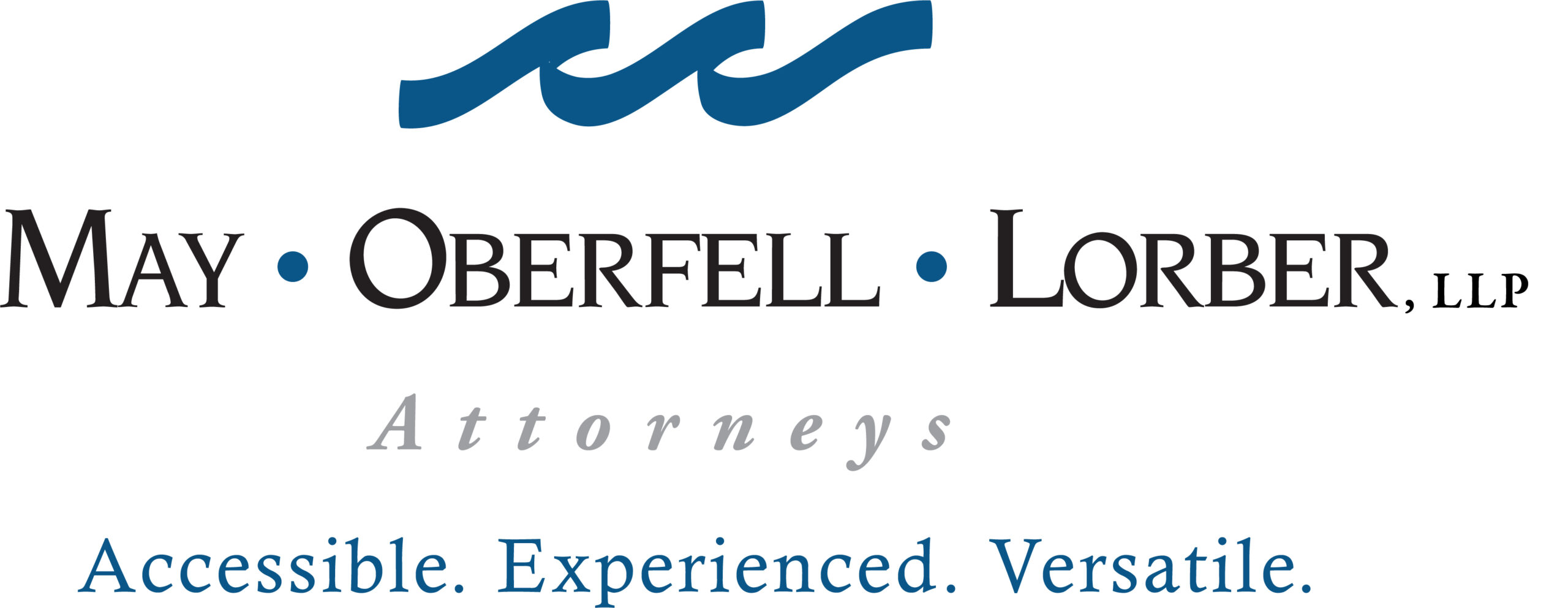Understanding an Employers’ Duty to Prevent Harassment in the Workplace: The History, Application, and Purpose of the Ellerth-Faragher Affirmative Defense
Courts have longtime been addressing the issue of harassment in the workplace, but it is still a credible, ongoing issue. In Fiscal Year 2023 alone, the United States Equal Employment Opportunity Commission received 81,055 charges of workplace discrimination. Discrimination and harassment disrupt the workplace by creating an environment that fosters mistrust, reduces morale, and hinders collaboration. Moreover, it perpetuates inequality and can systematically marginalize certain groups, thereby reinforcing discriminatory practices. Employers have both a moral and legal obligation to provide a safe and respectful work environment, and failing to address harassment not only harms the individuals involved but also damages the organization’s reputation and effectiveness.
The History of Law That Led to the Ellerth-Faragher Affirmative Defense
In 1964, President Lyndon B. Johnson signed Title VII into law, which prohibits employment discrimination based on race, sex, color, religion, and national origin. The primary purpose of Title VII is to avoid harm by promoting equality and ensuring that all individuals have an equal opportunity for employment, free from discriminatory practices. Not surprisingly then, is that when discussing Title VII, we must also understand and address vicarious liability.
Vicarious liability is a legal doctrine that holds an employer responsible for the actions of their employees if such actions occur within the scope of employment. This concept is rooted in the principle of “respondeat superior,” which translates to “that the master must answer.” This principle aims to ensure that employers bear the responsibility for the conduct of their employees, reflecting the control employers have over their employees’ activities. Yet, in the late 1990s, courts were still struggling to agree on whether an employer should be vicariously liable if they were unaware of harassment occurring or if no “tangible employment action” had been taken against an employee (such as but not limited to being fired or demoted). To address this, the Supreme Court released two simultaneous opinions in 1998, Burlington Industries, Inc. v. Ellerth and Faragher v. City of Boca Raton. Both cases involved claims of workplace harassment by supervisors.
The Application and Purpose of the Ellerth-Faragher Affirmative Defense
In these tandem decisions, the Court held that while there is no affirmative defense for an employer when a supervisor’s harassment culminates in a “tangible employment action,” there would be an affirmative defense to protect employers who were conducting business in good faith. In order to assert the Ellerth-Faragher affirmative defense, the employer must demonstrate the following:
1. Reasonable Care by the Employer: Employers must prove they exercised reasonable care to prevent and promptly correct any harassing behavior. This typically involves having a clear anti-harassment policy, conducting regular training sessions, and establishing effective grievance mechanisms.
And,
2. Unreasonable Failure by the Employee: Employers must also demonstrate that the employee unreasonably failed to take advantage of the preventive or corrective opportunities provided by the employer or to avoid harm otherwise. For example, courts have found that an employee unreasonably failed to take advantage of preventative or corrective measures if they abstained from using the measures entirely or did not take action to prevent further harassment.
The Ellerth-Faragher affirmative defense, at its derivative, is that in a situation when no tangible employment action has been taken, if there are resources and procedures in place for an employee to utilize to prevent further harassment, an employer has a strong defense against liability if the employee failed to utilize those procedures. The Supreme Court held that creation of the Ellerth-Faragher Affirmative Defense was appropriate because it stayed consistent with Title VII’s purpose to avoid harm. The Court believed that the creation of such a defense would encourage forethought by employers and would create an incentive for the implementation of procedural and effective antiharassment policies.
Conclusion: Working Toward a More Collaborative Future
Title VII is generally applicable to every employer in the private and public sectors with 15 or more employees. While the Ellerth-Faragher affirmative defense is a valuable tool for employers, it is not a catch-all solution. It does not apply to harassment claims if the harassment resulted in a tangible employment action, and utilization of the defense requires a proactive approach to workplace policies and training. A great step for employers is to foster an environment where harassment is promptly addressed, and employees feel safe reporting issues. That way, employers can not only shield themselves from liability but can also create a more respectful, collaborative, and productive future. If you are an employer and have any questions regarding employment law or liability, the attorneys at May Oberfell Lorber are well versed in assisting employers as they navigate these issues.
Written by Andrew Shaw under the supervision of Sean Towner. Andrew is a 2024 Summer Associate at May Oberfell Lorber, LLP and is going into his third year Michigan State Law School. Sean Towner is a partner at May Oberfell Lorber, LLP with extensive Labor Law experience.
This article is for information purposes only and is not intended to constitute legal advice.
